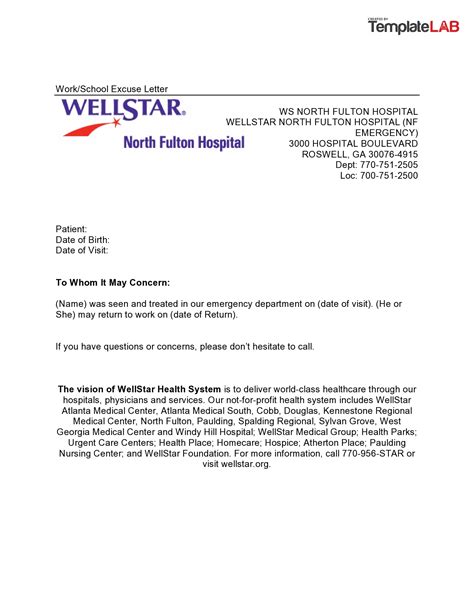Isosorbide mononitrate, a nitrate medication, plays a crucial role in managing angina pectoris, a condition characterized by chest pain or discomfort due to transient myocardial ischemia. The medication works by dilating blood vessels to improve blood flow to the heart, thereby reducing the frequency and severity of angina attacks. This comprehensive overview will delve into the uses, mechanisms, benefits, and potential side effects of isosorbide mononitrate in angina relief, aiming to provide a detailed understanding for both healthcare professionals and patients.
Mechanism of Action
Isosorbide mononitrate belongs to the class of nitrates, which are vasodilators. Upon administration, it is converted into nitric oxide in the body, leading to the relaxation of smooth muscle cells in blood vessels. This relaxation causes the vasculature to dilate, reducing vascular resistance and lowering blood pressure. The decreased workload on the heart, coupled with improved blood flow, reduces the demand for oxygen in the myocardial tissue. As a result, isosorbide mononitrate effectively alleviates the pain associated with angina by increasing oxygen supply to the ischemic myocardium.
Clinical Uses
The primary clinical use of isosorbide mononitrate is in the prophylactic treatment of angina pectoris. It is particularly useful for patients who experience frequent episodes of angina, as it can significantly reduce the frequency of these episodes when used regularly. Isosorbide mononitrate is not typically used for the immediate relief of an ongoing angina attack; instead, fast-acting nitrates like nitroglycerin are preferred for acute relief. However, for long-term management and prevention of angina, isosorbide mononitrate is often prescribed due to its sustained-release formulations that maintain therapeutic nitrate levels over an extended period.
Benefits
- Reduced Frequency of Angina Episodes: By improving blood flow and reducing the heart’s workload, isosorbide mononitrate decreases the frequency of angina attacks, enhancing the quality of life for patients.
- Improved Exercise Tolerance: Patients on isosorbide mononitrate may find they can engage in physical activities for longer periods without experiencing chest pain, as the drug helps in reducing the myocardial oxygen demand.
- Long-Term Safety: When used as directed, isosorbide mononitrate has a favorable safety profile, making it suitable for long-term use in managing chronic angina.
Potential Side Effects
While isosorbide mononitrate is generally well-tolerated, patients may experience several side effects, including:
- Headache: Due to vasodilation, one of the most common side effects.
- Dizziness or Lightheadedness: Resulting from decreased blood pressure.
- Tolerance: With continuous use, the body may develop tolerance to the medication, reducing its effectiveness.
Management of Side Effects
To minimize side effects, especially the development of tolerance, healthcare providers may recommend a nitrate-free interval, typically at night, allowing the body’s sensitivity to nitrates to reset. Additionally, starting with a low dose and gradually increasing it can help mitigate initial side effects like headache and dizziness.
Conclusion
Isosorbide mononitrate is a valuable medication in the management of angina pectoris, offering significant relief by reducing the frequency and severity of angina episodes. Its mechanism of action, clinical benefits, and proper use guidelines make it an essential component of cardiovascular therapy. While side effects can occur, they are generally manageable with appropriate dosing strategies and patient education. As with any medication, the decision to use isosorbide mononitrate should be made under the guidance of a healthcare professional, considering the individual patient’s condition, medical history, and potential for drug interactions.
What is the primary use of isosorbide mononitrate?
+The primary use of isosorbide mononitrate is for the prophylactic treatment of angina pectoris, reducing the frequency and severity of angina attacks.
How does isosorbide mononitrate work?
+Isosorbide mononitrate works by converting into nitric oxide in the body, causing blood vessels to dilate. This improves blood flow to the heart, reducing the workload and oxygen demand, thereby alleviating angina pain.
What are common side effects of isosorbide mononitrate?
+Common side effects include headache, dizziness, and the potential for tolerance development with continuous use. These can often be managed with proper dosing and a nitrate-free interval.


